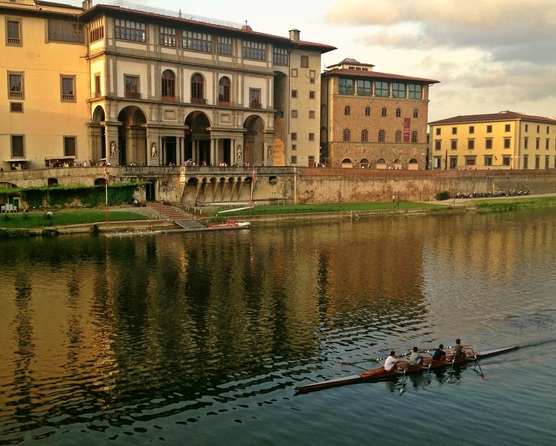
I had a goal of doing a drawing a day while there. So, I am going to share a select few with you, with commentary. At left, see my favorite photo taken of the River Arno which bisects Florence. Then, on to drawings. All of these drawings were done on my iPad, using the Sketch Club app.
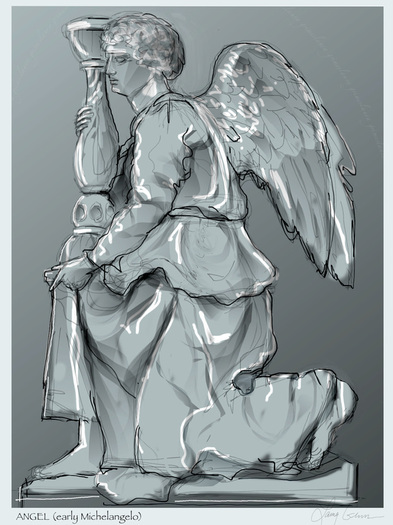
I stood and drew for about on hour on my iPad, using the Sketch Club app. My back was killing me afterwards! People think doing artwork is relaxing. Tell that to Michelangelo, doing hard labor, chipping away at the marble to release the statue he believed it already contained.
Do we see a foreshadowing of the David in this face, in this hair? I hope my quick sketch gives you at least a feeling for the so much greater mastery of the young Michelangelo.
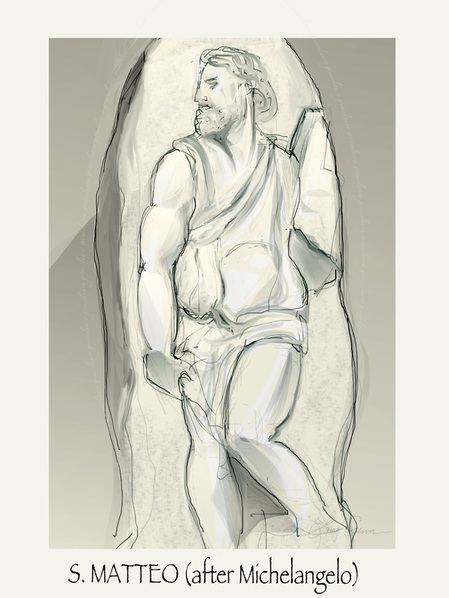
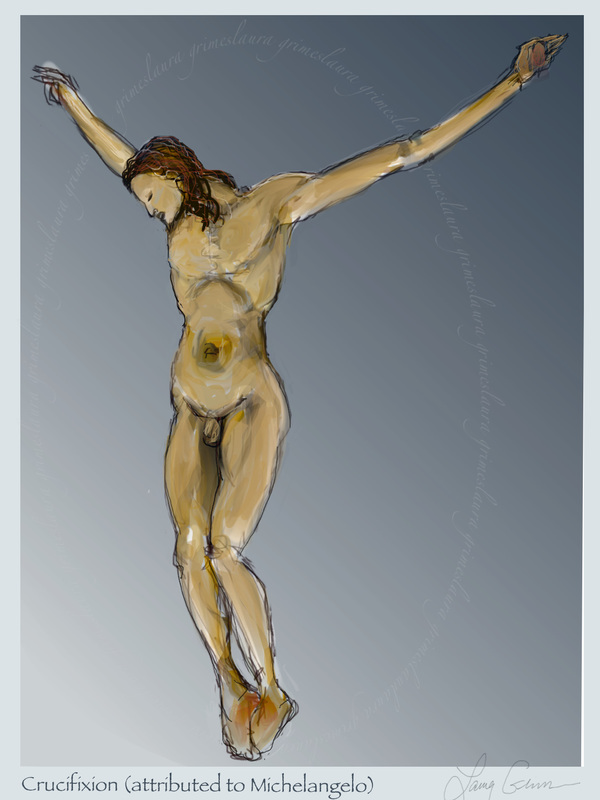



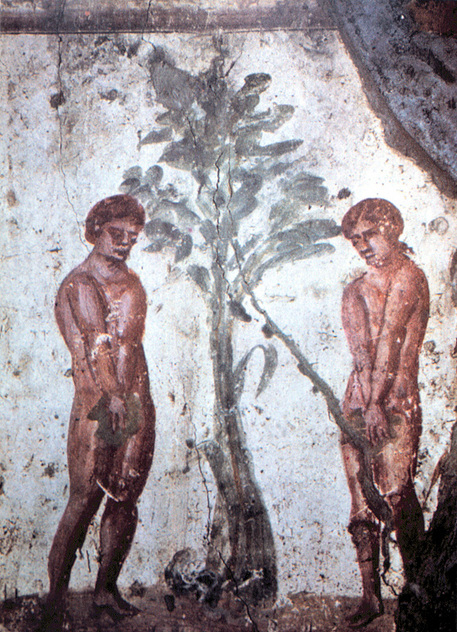
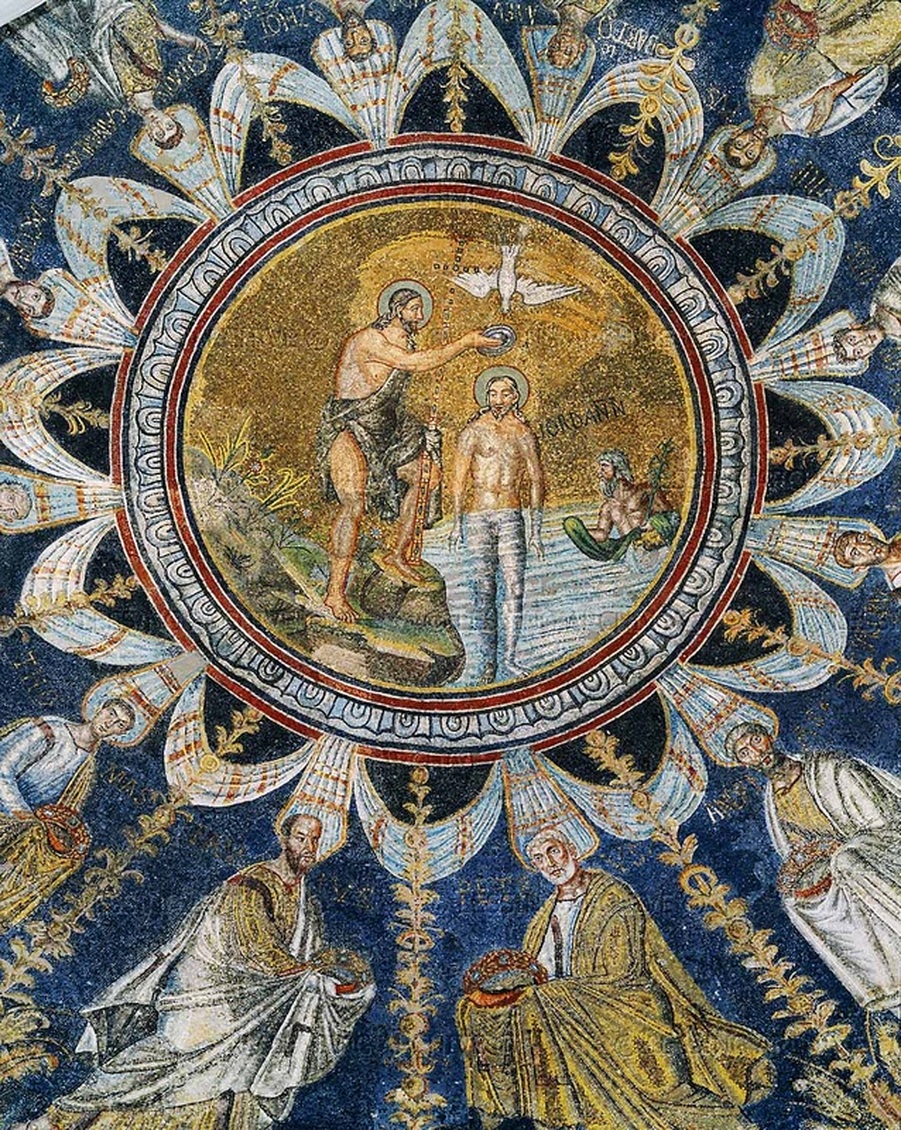
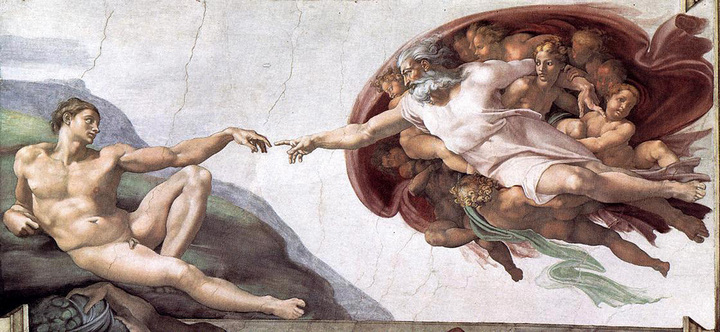

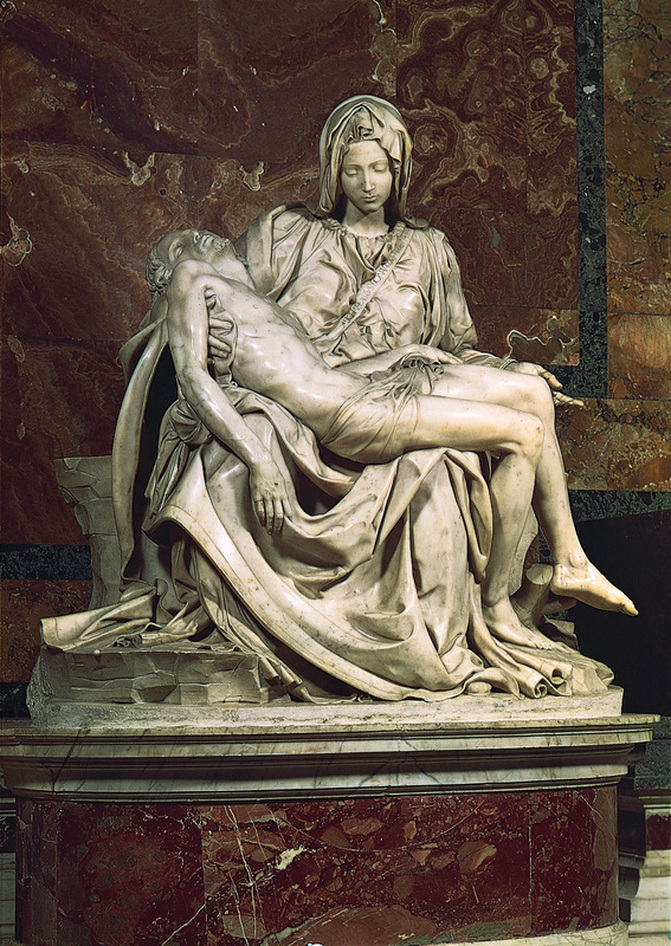

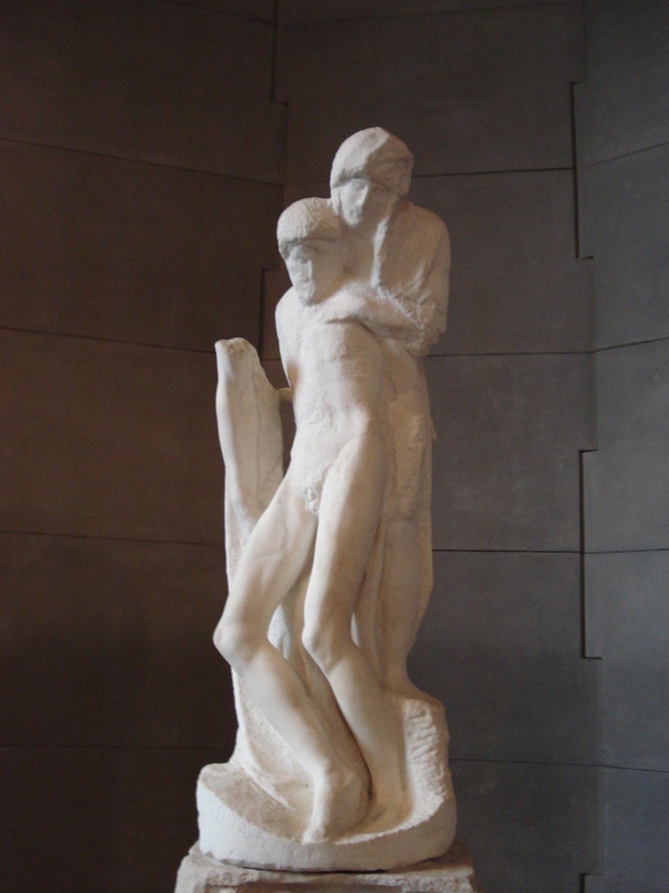
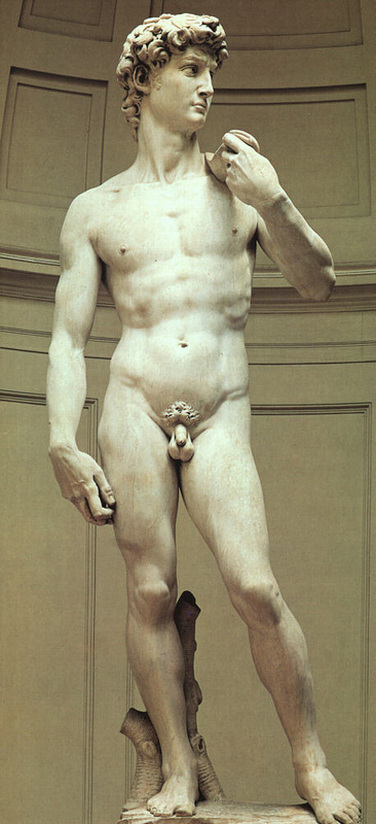
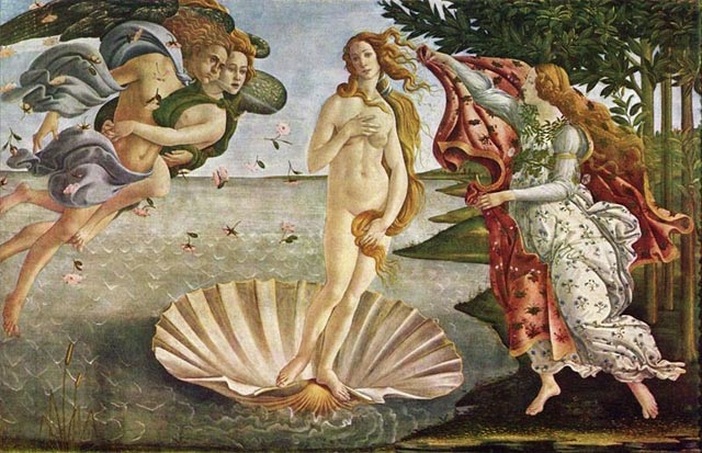
 RSS Feed
RSS Feed